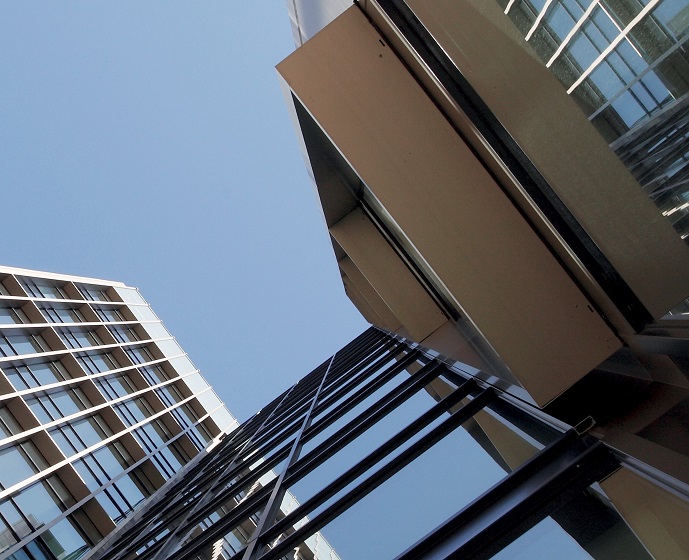Have Your Passports Ready For Better Product Info
Reynaers Aluminium has introduced DigiTrace, a digital product passport system, for all its products. DigiTrace provides instant access to performance,...
Read Full Article
By purchasing aluminium produced using green energy sources, Reynaers will reduce its CO2 emissions by more than 25%.
This move is part of a wider plan for Reynaers to enhance its environmental credentials by sourcing low carbon primary aluminium.
A significant part of the carbon footprint of aluminium is related to the need for electricity in the production process, generating an average of 8.6kg CO2 per kilogram of aluminium. By using green electricity, this footprint can be reduced to 4kg, contributing to a 25% improvement in CO2 emissions across Reynaers Aluminium.
“When we consider sustainability in our business, there are several ways in which we can contribute to a better environment. Primarily, our windows, doors and façade systems help to improve the performance of buildings through their innovative design, having long-term benefits when it comes to environmental impact.”
– Richard Hall
Managing Director, Reynaers Aluminium UK
Carbon footprint
Alongside this, we can go further to improve the embodied carbon of the materials we use, starting with the production of aluminium," continues Reynaers' Hall. "Our decision to purchase low carbon primary aluminium has a big impact on our carbon footprint and demonstrates how we are continuing to place sustainability at the heart of each of our solutions. This is a huge step forward for us and our industry, as we strive to continually improve our environmental impact in every way we can.”
Recyclability
Aluminium can be infinitely recycled without losing its core characteristics such as strength and durability. While existing products have a long service life within buildings, it is thought that recycled aluminium covers around 40% of worldwide demand.
Picture: By encouraging the use of green energy in the creation of primary aluminium, Reynaers is supporting a greener environment.
Article written by Cathryn Ellis
18th June 2020